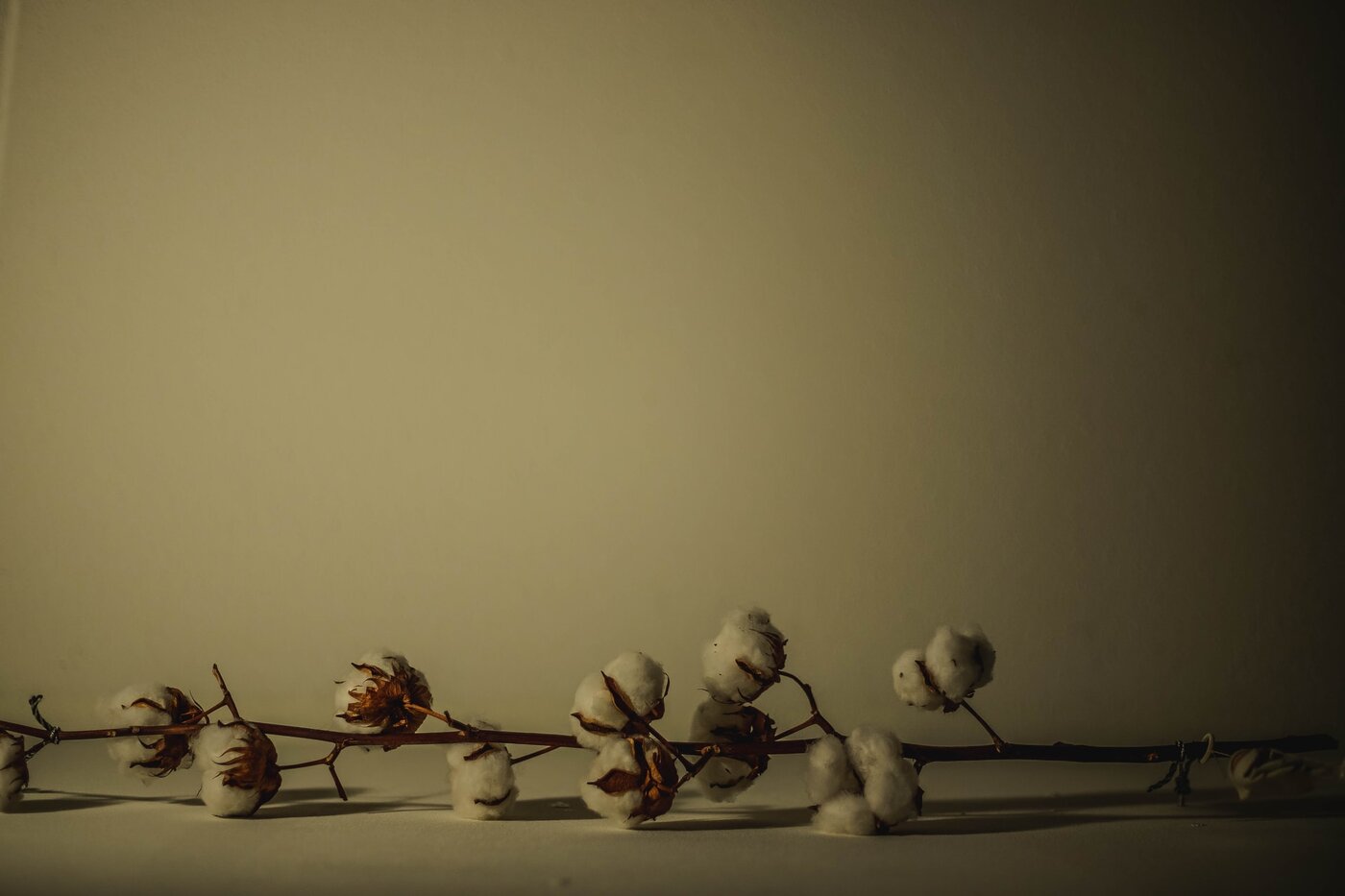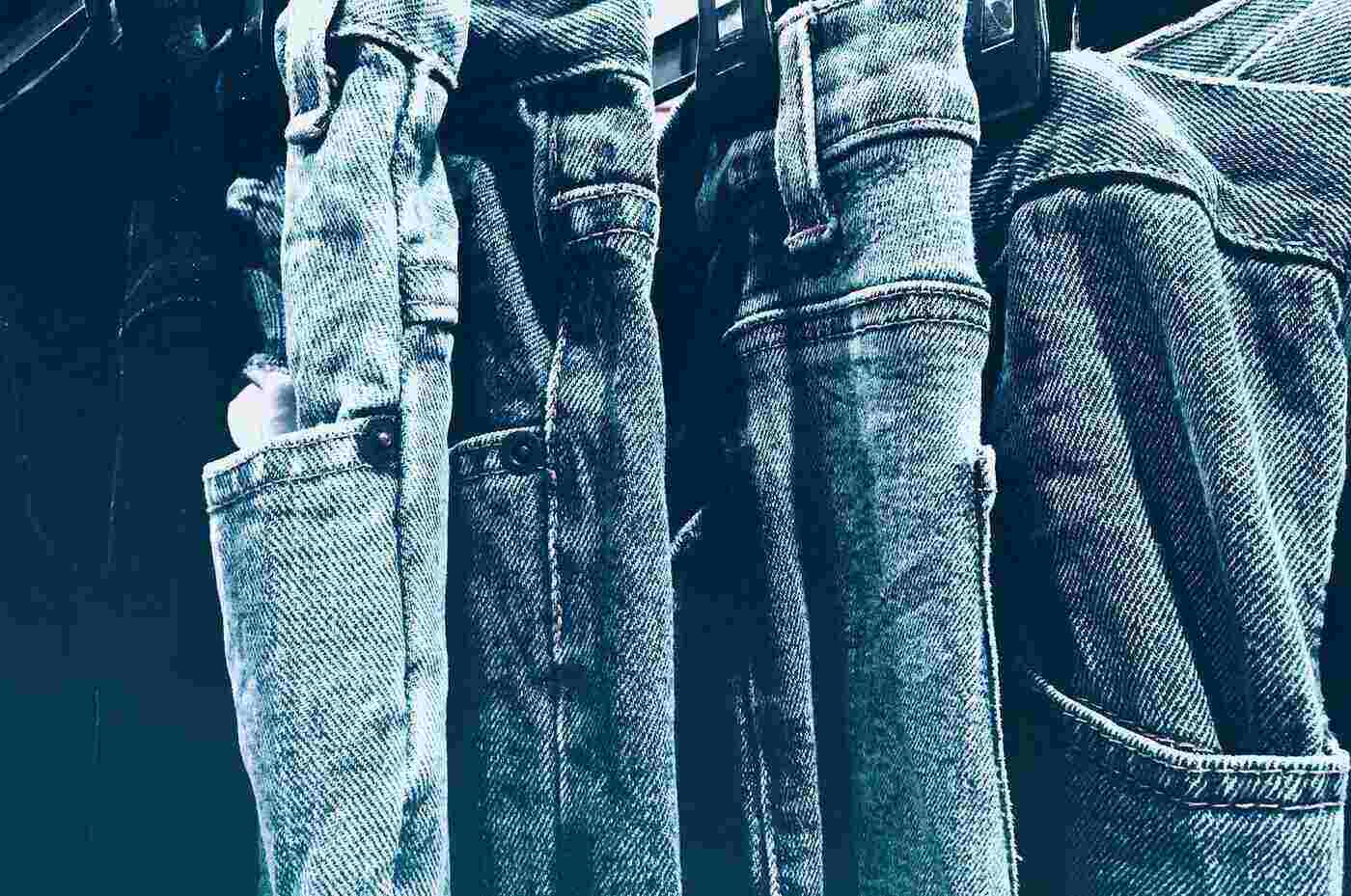You’re standing in the changeroom and it fits like a glove, and you love the colour and it feels so nice. Time to make that monetary commitment and walk out like a winner with your new garment(s).
That gnawing in your gut says you spent a little too much, but you really like everything about it. Well, by investing some time in the proper cleaning and upkeep of your garments, you can offset your initial expense by reducing your consumption.
Properly cared for clothes last longer. So do quality pieces. Ask any vintage lover or wardrobe mistress. Longevity is the key to a versatile and varied wardrobe, and the goal of clothing care.
“A WRAP report said that extending the life of clothing by an extra nine months would reduce carbon, waste and water footprints by around 20-30% each.” —Kelly Green
This post is here to provide you with rock solid care instructions from cotton fibre producers and industry experts to ensure you are laundering and maintaining your clothes in the best possible way. All that will be left for you to do is to read the fabric content labels, follow the corresponding set of directions provided herein, and enjoy your favourite pieces for longer.
Cotton
Industry experts at Cottonmill share that cotton fibres have a tendency to shrink when washed and dried. Drying with high heat causes the fibres to squeeze together. “For those that love tight fitting jeans, this shrinking process is actually a bonus,” says Cottonmill. Those of you who prefer some breathing space should opt to hang dry your garments.
Cold water washing with a mild detergent will boost the colourfastness of cotton fabrics. Handwashing also helps if you’ve got the time and energy. Tap water temperature will suffice, but be mindful that the warmer the water, the greater loss of dye pigment. Cold water washing will also help prevent shrinkage.
“When handwashing isn’t an option,” Cottonmill advises, “the delicate cycle on your machine is preferred.” Turning your garments inside out for washing and line drying is also recommended to keep them looking their best and to avoid sun bleaching.
These days, most cotton clothing is a blend of cotton with other fibres for stretch and durability, and most of the time cotton garments are preshrunk, allowing them to be tossed into just about any laundry cycle. Still, Cottonmill cautions you to read those fabric care labels!
Fabric care guru Mary Marlowe Leverette advises that you should wash your cotton garments only every two to three times they’re worn, unless something catastrophic occurs that necessitates an immediate laundering intervention.
Spills and dirty spots should be pre-treated with a stain remover before washing them, says Marlowe Leverette, letting how fresh the stain is determine how long to let the remover soak in. She advises us to test stain removers on an inside seam when using for the first time on a particular garment to check its colourfastness.
“Underwear, socks, pajamas, bed linens, bath towels, and kitchen towels should be washed in hot water to remove bacteria, body soil, and bodily fluids. This is especially important if someone in the household is ill, very young, very old, or has a weakened immune system,” shares Marlowe Leverette.
Drying cotton clothes should be done on the permanent press setting or a lower dryer temperature setting, with the exceptions being Marlowe Leverette’s above list of intimate use items, which should be dried on the high setting, again for hygienic reasons.
Remove clothes from the dryer before they are bone dry to minimize the need for ironing. Hang up to allow for the remaining moisture to evaporate.
When ironing, use a medium hot setting and press your garments the wrong side out. A pressing cloth between the iron and the garment will prevent scorching of the fabric. “You can also use a clothes steamer or hang cotton clothes in a steamy bathroom to help remove wrinkling. This will not give you a crisp finish but will remove big wrinkles,” writes Marlowe Leverette.
For long term storage, throw in some cedar balls or cedar oil soaked sachets to keep silverfish, firebrats, carpet beetles and their larvae from devouring your cotton clothes. Keep your stowed away cottons in a cool, dry, dark place where the temperature and humidity levels are fairly constant, and use fabric storage containers to allow the contents to breathe.
Marlowe Leverette suggests that we “[a]void using undiluted chlorine bleach which can weaken fibers and cause holes in cotton fabric.” She states that a dilute solution is safer for stain removal and whitening, but that even this will weaken cotton fabric if used habitually. Her preference is an oxygen-based bleach. It takes longer to work than chlorine bleach, however, and necessitates at least a 60 minute soak for optimal results.
Fabric softeners are not essential to the care of cotton clothes, but Marlowe Leverette says to use them if so desired.
Denim
Cotton denim has a few peculiarities to its care. The standard approach, to wash inside out and in cold water (good for the planet and your bank account balance) with a mild detergent, applies, but did you know that you should launder your jeans only “once every 10 wears at most to maintain fit”? This is the advice from the pros at Levi Strauss, and most garment experts agree.
“You can save over 2,000 litres of water per year by washing [your jeans] once a month as opposed to once a week (and spend less time in the laundry).” —Outland Denim
When you do wash them, make sure to button up all buttons and zip up all zippers before turning them inside out, advise the experts at Outland Denim and Eco Age. You can hand wash your jeans in lukewarm water, they say, but this requires a 45 minute soak, three rinses in clear water, and, I would add, great hand strength.
To spot clean your jeans, use a damp cloth or a scrubbing brush with a mild soap. Outland Denim and Eco Age note that the exception is raw or no finish denim, as spot cleaning could cause “whites spots” where the pigment has been removed by the scrubbing.
Infrequent laundering will preserve the fabric, but can lead to smelly jeans. Outland Denim and Eco Age offer this pro tip: pop your “not visibly dirty” jeans in the freezer overnight to neutralize the clinging microorganisms who are busy manufacturing those telltale odours.
Levis shares that line drying is the way to go to avoid the breakdown of denim fibres. They explain that lint is just that — bits of fabric fibre that have been worn off the jeans by the heat and tumbling action of the dryer. Hang-drying in a shady spot maintains the original size and fit of the garment and may prevent any fading and/or warping of the fabric.
To keep your jeans in good repair, Outland Denim and Eco Age’s experts tell us to never pull them up by the belt loops. They suggest we “pull up via the waistband, which is much stronger,” to avoid tearing out said loops. And they offer two final suggestions for care: to avoid ironing denim and to hang jeans on a wooden hanger to store them in your closet.
Now go tend to your cottons so they will serve you well for years to come.
By Jane Thornton









0 comments